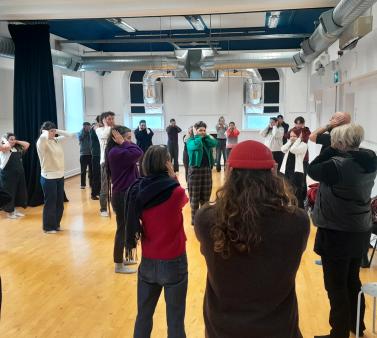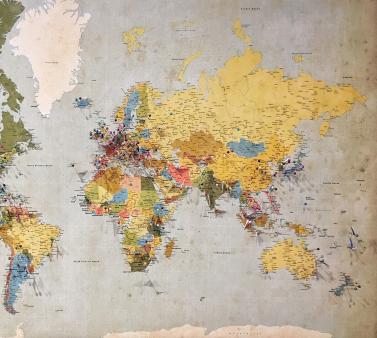
Vincent Grison on the Breizh Glace
Vincent Grison is a naval architect and former single-handed sailing racer who also has worked for Médecin sans frontières. His interest in educational and environmental issues has recently led him to embark on a new adventure, the building of an educational project around an expedition. "The North Pole became evident as a destination: as an area directly affected by global warming, with the melting of the pack ice and the disappearance of species. Its symbolism is very strong with young people and the general public, who feel responsible for this area without ever having been there," notes the adventurer. He will therefore go as far as the Arctic. His scheduled arrival is June 1st, 2021.
In order to remain consistent with his vision for the project, he has decided to use only soft mobility in order to reach his destination. He will travel with his ‘capsule’, which he designed and built at the Étangs d'Apigné shipyard in Rennes. The "Breizh Glace" is a specially equipped boat that can roll behind a bicycle, float, glide on ice, pulled by skis. On it, he will have a small space for storing food and survival gear. "I will be able to be autonomous for thirty days alone on the pack ice with it," says the navigator. Originally, Vincent Grison had planned to cycle across six European countries (Belgium, Germany, Denmark, Sweden, Finland and Norway), but the pandemic forced him to delay his departure and to review his route. He will finally leave France by sailboat and crew to the northern cape of Norway.
Characterizing the ice
In order to increase his chances of progressing to the North Pole, Vincent requested the support of the LETG research center in Rennes. "His boat will need to receive real-time cartographic indications detailing open water and ice surfaces," explains Samuel Corgne, Director of the LETG in Rennes. Contrary to what its name suggests, the "Breizh Glace" is too light and fragile to split the ice. Two students from the TELENVI Master's program at Rennes 2 University, Hei-Taina Marais and Shiva Karimi, have therefore made it their mission to develop a way to better detect ice using Sentinel-1 radar imagery.

Legend: Images of the Svalbard area before and after fuzzy logic application (fuzzy logic method). Red indicates the definite presence of ice and blue indicates the definite presence of water.
Based on an idea by Samuel Corgne, they used the fuzzy logic method, which allows a level of uncertainty to be associated with the maps produced, which seems well suited to characterize this very complex and ever changing environment. "The objective is to allow Vincent to navigate on the ice as much as possible because he will advance faster on water than on skis. We have automated our calculations. All he will have to do is enter his geographical coordinates every day to receive near real-time images indicating the state of the water surface," explains Hei-Taina Marais. Thanks to financial support for her training from Rennes 2 University, the young woman is now working at the LETG laboratory to refine this method and characterize floating ice even more precisely, an area of research which holds great promise. With global warming, melting ice will open up new trade routes: mapping ice-free water surfaces in real time could then have real economic stakes.
On April 20, 2021, four days before setting off for the North Pole without motorized assistance, adventurer Vincent Grison visited the Villejean campus to present the scientific aspect of his expedition alongside a team of researchers from the LETG Research Center.
He left Rennes by bicycle on April 24, 2021, and will then travel by boat and ski. In the below video, he explains how he will progress on the ice pack, thanks to the satellite image processing method developed by the LETG.





